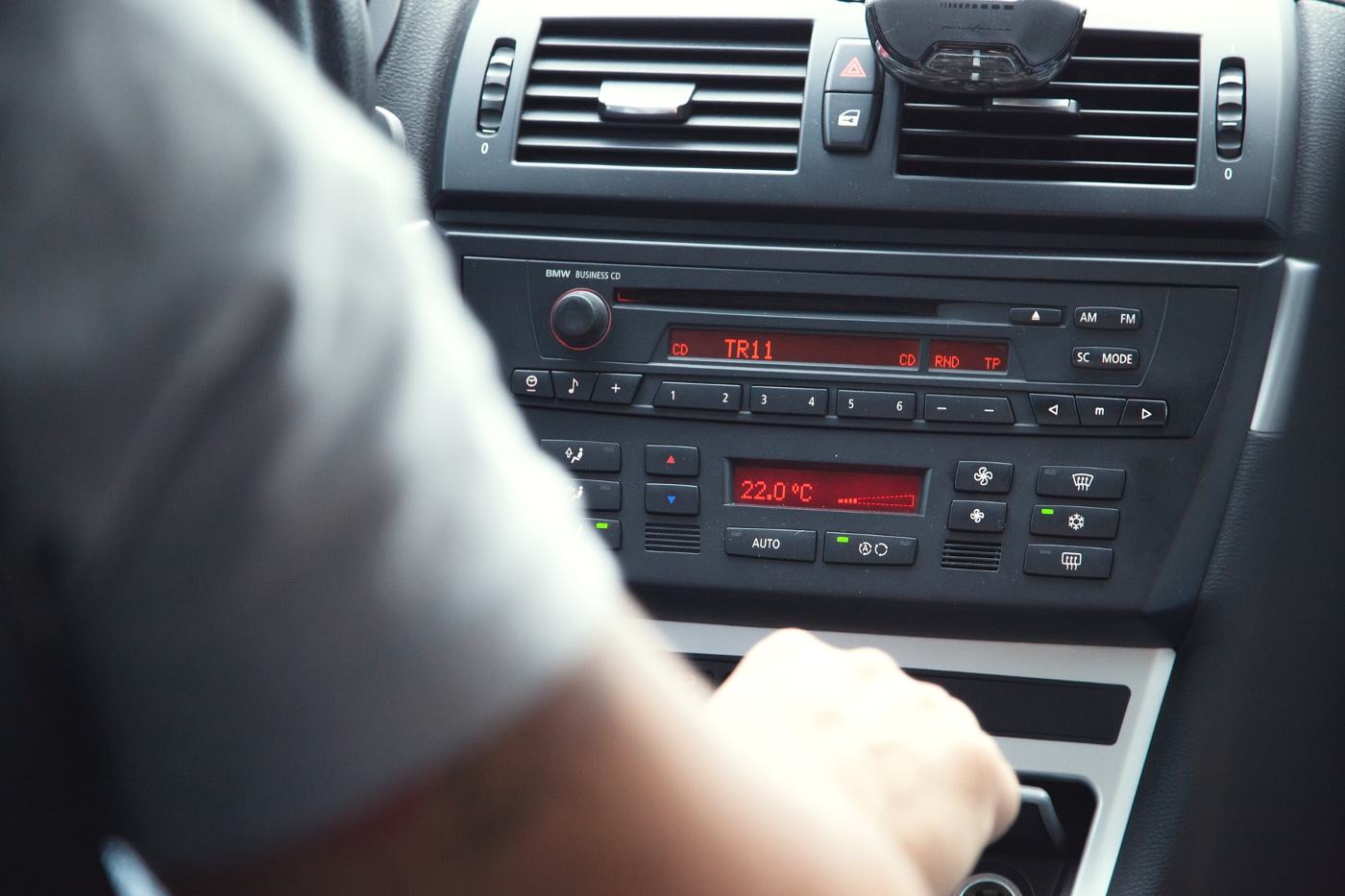About three years ago, my uncle asked me if I could help him insulate his cargo van from outside noise. A lot of ideas came to mind immediately, even though I was a bit worried because I’d never soundproofed a van before.
Of course, I did tons of research in forums and online groups, and I found an abundance of information. I then determined the best way to complete the project, and I can say that in the end, it was amazing.
I want to share what I’ve learned with you, since I believe there are a lot of people who might have a noise problem within their vehicle. One of the main reasons cargo vans are often so noisy is that they’re designed for commercial use, not domestic use. This means they don’t have the trim that helps prevent noise from bouncing off the surfaces of the van, such as the floor, the roof and the walls.
Luckily, there are ways in which you can easily soundproof your cargo van without spending a ton of money. So without further ado, let’s begin.
How to Soundproof a Cargo Van
1. Use Materials That Block Airborne and Impact Noise
The first thing you’ll need to do is use an effective soundproofing material that’s able to block both airborne and impact noise. Knowing the difference between these two types of noise is very important when it comes to choosing the right material.
Impact noise usually propagates through solids, and results from a shock being delivered to them. So in the case of cargo vans, that’s the noise coming from the engine and from driving on the road in general. A lot of people also refer to it as structure-borne noise, because when an object impacts another, it normally results in the generation and transformation of sounds.
Airborne noise, on the other hand, is a type of noise that’s transmitted by air and the atmosphere, such as the sound of a radio or people having a conversation.
To get rid of engine noise and road noise, you must use impact noise blockers, as regular foam panels won’t work. The installation process can also be a bit tricky. Furthermore, vehicles don’t have completely smooth surfaces, so you’ll need a thin, flexible material to get the job done perfectly.
The materials I recommend using for this project are FatMat Self Adhesive Sound Deadener and Boom Mat Spray On. These are the two products I used to help my uncle insulate his cargo van, and once we finished, I was impressed with the results. These products can be used to soundproof the engine compartments, the cabin, the doors, the roof and many other areas of the vehicle.
2. Soundproof the Main Areas
If you have the materials and the time, it’s best to soundproof the entire van at once, because this will drastically reduce the presence of any unwanted noise. But if you’re on a budget, I don’t recommend doing this, as you don’t have to soundproof the entire van to get amazing results.
In most cases, the engine and road noise are usually the main issues, and these noise types are relatively easy to reduce. To get the job done effectively, you should pay close attention to eliminating noise from these three critical areas first:
- The engine
- The cabin floor
- The wheel wells
You can start by soundproofing the engine compartment from the inside, and afterward, you should install the FatMat on the floor of the cabin. I suggest that you place the FatMat underneath a carpet or a mat. The material is quite strong, but it tends to last longer if there’s a protective layer between it and your feet.
I think it’s best if you use the material to soundproof the back of the van, too, because the vibrations coming from the road will definitely create an impact while you’re driving.
3. Measure the Area
Before you buy any of the materials mentioned above, it’s best if you measure the surface that you’re planning on insulating first. You don’t have to be precise with the measurements, since the FatMat can be cut into smaller pieces with scissors. If any pieces are left over, you can put them to use when you carry out other soundproofing projects in your home. That way, you don’t have to worry about overspending on materials.
The worst thing you can do is end up without enough material to finish the insulation process, so it’s always a good idea to get a little bit extra.
You can buy all of the material for a little over $100, but if you’re serious about reducing as much unwanted noise as possible, 25 square feet should be enough to get the job done.
For the spray-on foam, it’s best if you use it on smaller areas within the vehicle, and preferably, those that generally aren’t visible. Although this foam is super-effective for soundproofing purposes, it doesn’t look appealing. You can use it to soundproof the inside of the door panel and the engine compartment as well.
I don’t think you’ll need more than one can of spray-on foam. This should be enough to cover all the small nooks and crannies in your van, and you’ll probably have some leftover for other uses.
For the best results possible, I recommend using both products: FatMat for larger and visible areas in the van, and spray-on foam for harder-to-reach places and surfaces that aren’t highly visible.
Conclusion

If you take the time to follow all the steps mentioned above, you should be able to experience peace and quiet in your cargo van. You’ll be able to play your radio without engine noise and road bumps ruining your fun. As you can see, the benefits of soundproofing your cargo van are numerous. Of course, if you feel like all of this is too much work for you, you can always call a professional.
I’m happy you took the time to read this article. If you have any questions about the information presented, feel free to let us know by leaving a comment down below. Meanwhile, here’s another article you might like: How to Fix Car Seat Noise.
image 1: Pixabay; image 2: Pixabay

